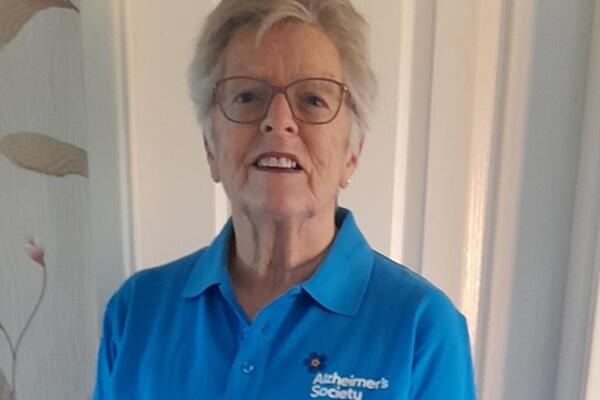Emotional Touchpoints
Emotional Touchpoints is an interview method you can use with people who have dementia. It's a way to engage with people with communication or cognitive difficulties.
- 1-2-1 conversations and interviews
- Recruitment and ethical considerations for 1-2-1 interviews
- Face to face 1-2-1 conversation or interviews
- Telephone 121 conversations and interviews
- Photo elicitation interviews
- Talking Mats
- You are here: Emotional Touchpoints
- Tips for dementia-friendly 1-2-1 conversations and interviews
Numbers: one person at a time
Pros and cons:
Useful for: finding out what an experience feels like to a service user, their family and friends, especially in residential care settings such as care homes; identifying small actions that could make a big difference to people's experience. Can be a pre-planned or 'in the moment' conversation.
Downsides and risks: this tool is intended to support personal choice. For some people with dementia, it could be overwhelming to offer too much choice, so consider how to build in opportunity for choice so far as possible. Some care settings may have limited privacy so consider what can be done to enable enough privacy for open, honest and safe conversation.
Costs: relatively low cost but requires 1-2-1 attention from staff or facilitator. There is a toolkit available to buy from My Home Life Scotland.
Time: My Home Life Scotland suggest on average to allow about 20 minutes per service user to tell their story in relation to 3 or 4 touchpoints. Consider individual needs and preferences, to allow people with dementia to participate without becoming over-tired. Allow time for writing up and agreeing the conversation (usually no more than two pages).
Preparation:
Two sets of cards. Consider involving service users in developing them so you get the range and language appropriate for them.
- touchpoints: identify particular aspects of service delivery or practice that you want to learn more about, for example 'breakfast' or 'involvement in decisions'. For each one prepare a card. Have blank cards so that you can add others when you are using this tool with a service user.
- emotional experience: prepare another set of cards which each have an emotion on them such as 'happy', 'angry', 'sad', or 'pleased'. Have blank cards too so that you can add others when you are using this tool with a service user.
- paper and pen to take notes of your conversation
How to use this approach:
Obtain informed consent by introducing yourself, the process and how you will use the information. Remember, a person with dementia may become unwell and no longer want to participate. Follow good practice for process consent and allow them to withdraw if they wish.
So that you and the service user can focus on your conversation, find a quiet, well-lit and comfortable place to sit and talk together.
The conversation:
- Show the person whose story you are gathering the touchpoints and encourage them to choose one they would like to talk about. Offer them the option to talk about a different touchpoint of their own if they would prefer (use one of your blank cards to note this new touchpoint).
- For each touchpoint you look at together, ask the person to choose cards with emotions that match their experience – or to add new words (use your blank cards for this). When they have chosen a card, ask them why, listen and note their experience. Don't get defensive or argue with them if they reveal negative feelings and perceptions. Ask them what they think would help them to have a better experience. Ask them how they would prefer to feel.
- Thank them for taking part and tell them what will happen next about what they have told you.
After the conversation:
Write up the person's story as soon as possible, in the person's own words, rather than in the third person. Agree the story with the person. Check that they are still happy to go ahead with sharing their story with other people in the organisation.
The below video shows Professor Belinda Dewar demonstrating how to use emotional touchpoints with Fiona Cook.
Further resources
For more Emotional Touchpoints resources, please visit the My Home Life Charity’s website.







